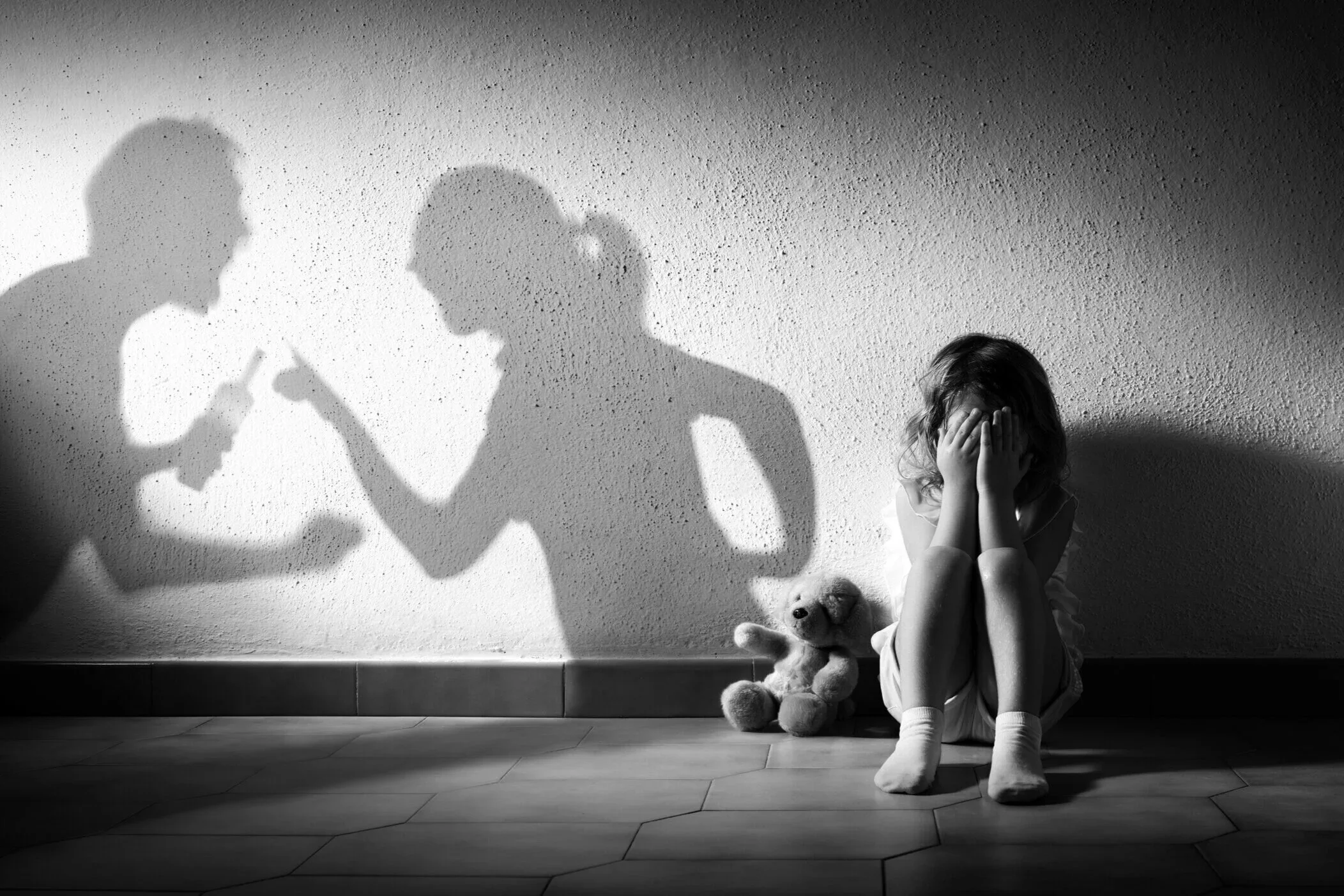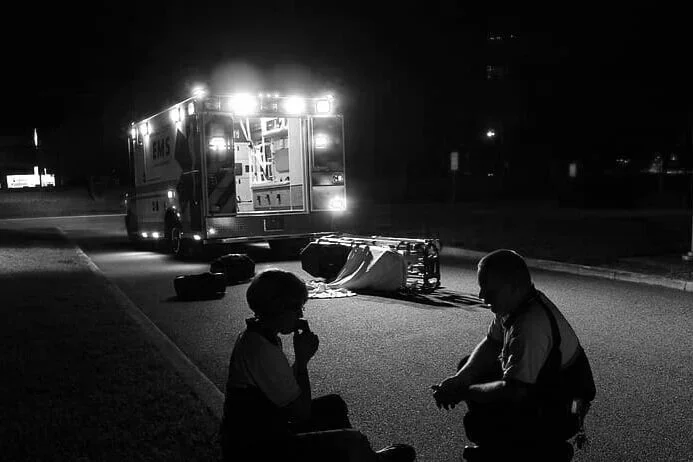
Is it “mental illness” or mental injury? The many faces of trauma explained.
Understanding Trauma and How to Recognize It
Defining trauma and determining whether you have experienced it is a complex and nuanced process. Trauma therapy is designed to support individuals dealing with various forms of trauma. While trauma is often associated with a single, catastrophic, life-threatening event, this represents only one category of trauma.
Commonly, trauma related to combat veterans, known as “big-T” trauma, is well-recognized, but it is less common than “small-t” trauma, which is frequently misunderstood and overlooked. The field of behavioral health is currently undergoing significant changes in the way trauma is perceived and treated.
My approach helps you move from asking “What is wrong with me?” to “What happened to me?”, fostering a more compassionate and accurate understanding of your experiences. Trauma may manifest with symptoms resembling other conditions such as depression, anxiety, personality disorders, chronic pain or fatigue, substance use issues, anger, dissociation, or pervasive feelings of unworthiness and isolation.
Explore the various types of trauma and their treatment methods below to gain a clearer understanding of how trauma might impact you and the path toward healing.
Trauma Comes In Many Forms
-

Complex Trauma or CPTSD
Small "t" trauma refers not to a single catastrophic event, but rather to the ongoing impact of chronic stress—particularly during childhood, when the brain is still in critical stages of development. It is frequently observed in individuals raised in dysfunctional or unstable environments. This may include experiences such as physical, emotional, or sexual abuse; neglect; parental divorce; exposure to domestic violence; or having a caregiver who was incarcerated or struggled with mental illness or substance use disorders.
Children of alcoholics—often referred to as Adult Children of Alcoholics (ACOAs)—are especially susceptible to small "t" trauma. While these are some of the most commonly reported childhood adversities, other significant sources of trauma may include systemic issues such as bullying, racism, or involvement with the juvenile justice or foster care systems.
It's important to recognize that Complex Post-Traumatic Stress Disorder (C-PTSD)—a condition often associated with prolonged exposure to interpersonal trauma—has not yet been formally recognized by the American Psychiatric Association (APA). However, it is an established diagnosis in parts of Europe.
Common symptoms of C-PTSD may include:
Persistent toxic shame
Difficulty regulating emotions
Deep mistrust and emotional disconnection from others
Emotional flashbacks
Hypervigilance and a strong need for control
Apathy, helplessness, or a sense of needing rescue
Dissociation
Chronic sadness, including suicidal ideation
-

Post Traumatic Stress Disorder or PTSD
Big "T" trauma—commonly associated with Post-Traumatic Stress Disorder (PTSD)—typically stems from a single, acute traumatic event such as a violent assault, natural disaster, serious accident, or life-threatening situation. These events may be directly experienced or witnessed, and while some individuals go on to develop PTSD, others may not—highlighting the complex and individualized nature of trauma responses.
PTSD can have both short- and long-term effects and may significantly impair a person’s ability to function in daily life. It is important to recognize that PTSD represents a normal response to an abnormal event. The human nervous system is wired to protect us through instinctive survival responses—fight, flight, freeze, or fawn—but in some cases, the system becomes dysregulated and remains in a heightened state of activation.
Common symptoms of PTSD include:
Intrusive, distressing flashbacks or nightmares related to the traumatic event
Intense emotional or physical reactivity to internal or external triggers reminiscent of the trauma
Ongoing avoidance of people, places, or situations associated with the trauma
Persistent negative changes in mood or thought patterns, such as distorted beliefs about oneself, others, or the world
Feelings of detachment or dissociation
Heightened startle response and chronic hypervigilance
-

Attachment Trauma
Attachment trauma arises when a child’s relationship with their caregiver lacks connection, consistency, or safety. Because humans are born entirely dependent on their caregivers for survival, the quality of that early bond profoundly shapes brain development. When caregivers are detached, abusive, neglectful, or overly controlling, children may not develop secure attachment patterns. Instead, they may form anxious, avoidant, or disorganized attachment styles, which can have lasting effects on self-identity and the ability to build healthy relationships in adulthood.
Common symptoms of attachment trauma include:
Difficulty regulating emotions, including frequent or intense outbursts
Persistent feelings of being unlovable, damaged, or defective
Challenges with trust, ranging from avoidance to dependency, or a combination of both
Social withdrawal and fear of rejection or judgment
Difficulty recognizing personal needs and frequent reassurance-seeking
Dissociation or a sense of disconnection from oneself
Because many of these symptoms overlap, it is essential to work with a qualified trauma therapist who can help you explore past experiences and develop effective, individualized treatment strategies.

